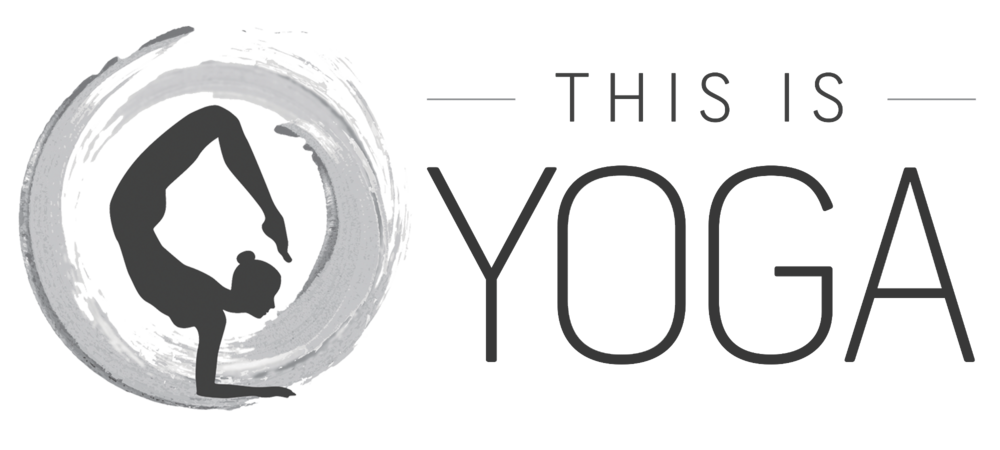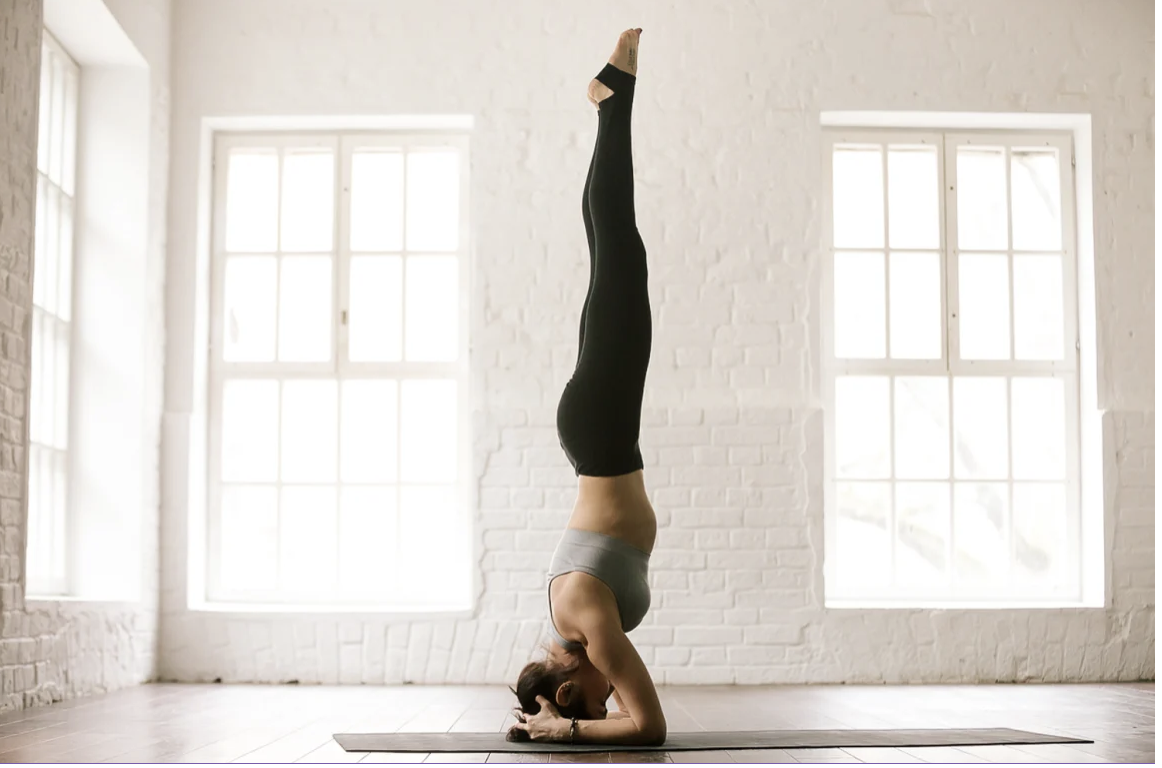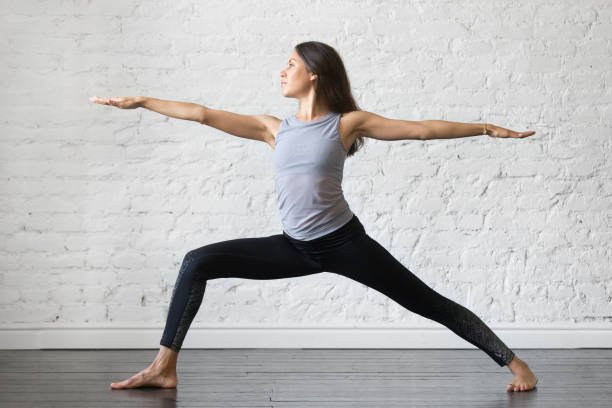Let’s unite in brilliant darkness and celebrate the return to light!
The meaning of Solstice
According to its Latin roots, the word Solstice means “sun standing still,” and for millennia the Winter Solstice has been celebrated around the world – acknowledging the shortest day of the year as a return to light. The Solar New Year marks the end of a cycle as the Earth begins her return to innocence – the rebirth that is Spring.
A time for reflection
Pre-Christian Scandinavian Yule, Iranian Shab-e Yalda, the Roman Empire’s Sol Invictus celebration, the Pagan festival Saturnalia, ancient Egypt’s January 6th and Christianity’s Feast of the Epiphany all honored sun gods or winter’s arrival – eventually metamorphosing into Christmas, the return of the sun, or “son.”
In all of the celebrations revering time, darkness and protection, there is also a simple yet profound observation of the stillness between the end of one cycle and the beginning of the next. This is a time to reflect and assimilate all of the wisdom, thoughts and feelings that have been cultivated in the dark, and bring them into the light.
An astronomical event
The most ancient civilisations knew that the sun’s path across the sky, the length of the days and the location of the sunrise and sunset all shifted throughout the seasons. To follow the sun’s annual journey, mysterious monuments, including Stonehenge, in England, and Machu Piccu, in Peru, were built.
Today, with access to the vantage point of space, we know that the Solstice is an astronomical event caused by Earth’s twirling dance through the universe.
Her elliptical orbit around the sun is not a perfect circle, and when we’re closest to the sun (in early January) our world moves fastest. Right now we are moving faster than our average speed of about 18.5 miles per second (30 kilometers per second).
As Earth orbits tilted on her axis rather than upright, the Northern and Southern Hemispheres trade places in receiving the sun’s most direct light and warmth. Summer and winter are caused by the tilt of the Earth.
Astrological meanings
Winter begins as the Sun moves into the Saturn-ruled, tropical zodiac sign Capricorn. Saturn rules aspects of the Earth that feel predictable, steady and grounded in reality. It offers slowness, the wisdom that comes with time and clues about our life’s purpose.
In an elevated expression, Saturn sets clear boundaries and strong commitments. Its detrimental side may be judgmental or cold. Capricorn is known for its pragmatic ambition and discipline, but watch out for stoic pessimism.
This year, there is a great conjunction of Saturn and Jupiter – a constellation that last occurred 400 years ago! This rare encounter, called The Christmas Star, lights our way into a new era.
Setting intentions
This cycle is a perfect time to realign with our goals and ideals in preparation for the year ahead.
By clarifying and setting intentions during this significant solar standstill, we receive the support of ambitious earth sign Capricorn’s persistent energy and Saturn’s responsibile maturity. Both remind us to dream big whilst keeping our grand visions rooted in reality.
Contemplating and refining intentions leads us to our path and illuminates our way along it – from the faded past, through the darkness of winter, toward the bright future.
A Winter Solstice ritual
Activate your intentions for the new year by turning inward and awakening your inner fire with this Solstice ritual:
Create a cozy meditation nest — dim lighting and candles, soft blankets and pillows, ambient music… Brew your favourite tea or cacao… Light some sage or incense, or put a few drops of earthy sandalwood in your diffuser… Gather paper and a pen… Settle in and…
Connect to the energy of the Earth. With your eyes closed, visualize roots growing from the soles of your feet, your tailbone, or whichever parts of you are connected to the ground. Down to the center of the Earth around which you wind your roots and your awareness. You’re pulled a bit tighter into your seat. Breathe deeply and allow your body to relax and experience the sensation of being completely supported by the Earth upon which you sit.
Reminisce about the past year, allowing memories to surface effortlessly. Write down all that arose which you’d like to bid farewell to or let go.
Burn the paper, to symbolize those energies being transmuted into creative passion for your adventures to come.
Visualize the year ahead, dreaming up everything you’d like to manifest. Write down all of your hopes for the coming year. Add, “this or something better,” as the Universe often has more magnificent plans than we could possibly imagine.
Fold this paper and bury it, to represent the seeds of these intentions being planted in your future path. And then release, be patient, these seeds need time and space to sprout.
A Winter Solstice Prayer
– by Edward Hayes
In the heart of every person on this Earth
burns the spark of luminous goodness;
in no heart is there total darkness.
May we who have celebrated this winter solstice,
by our lives and service, by our prayers and love,
call forth from one another the light and the love
that is hidden in every heart.
Ignite your fire
Synchronise your breath to strong, intuitive movement with this dynamic, core-powered yoga class to amplify your practice.






